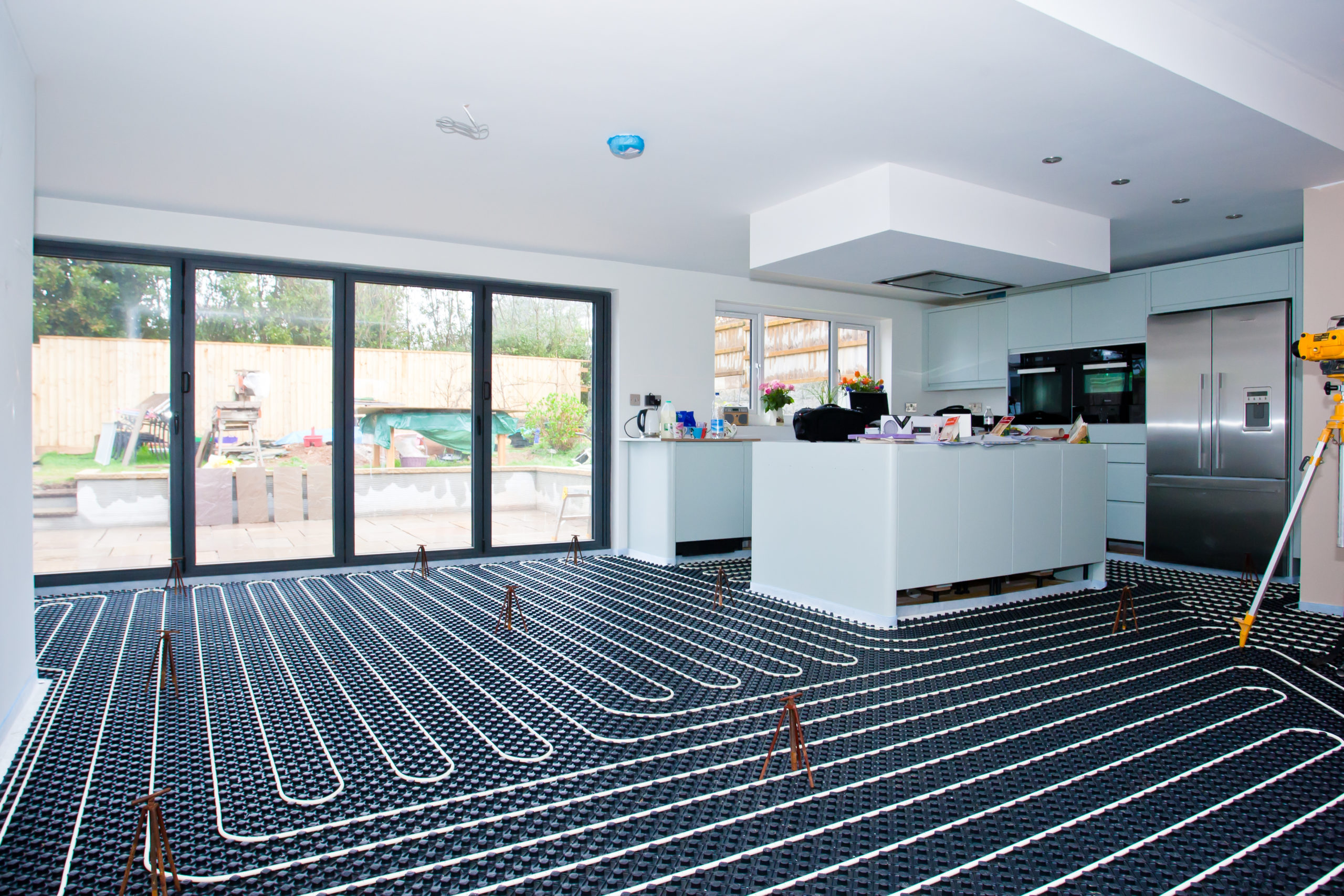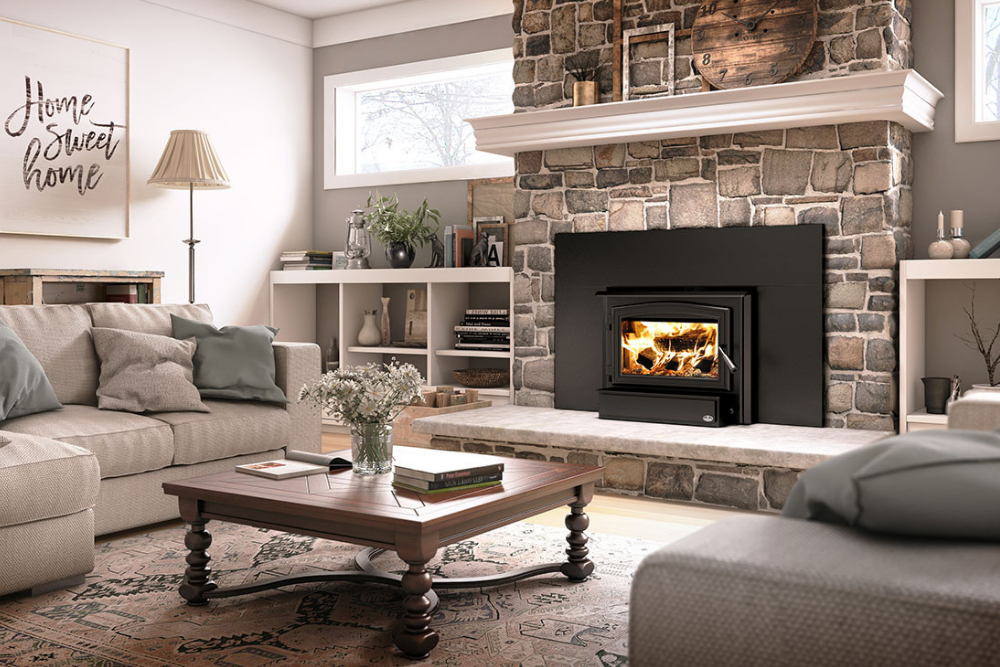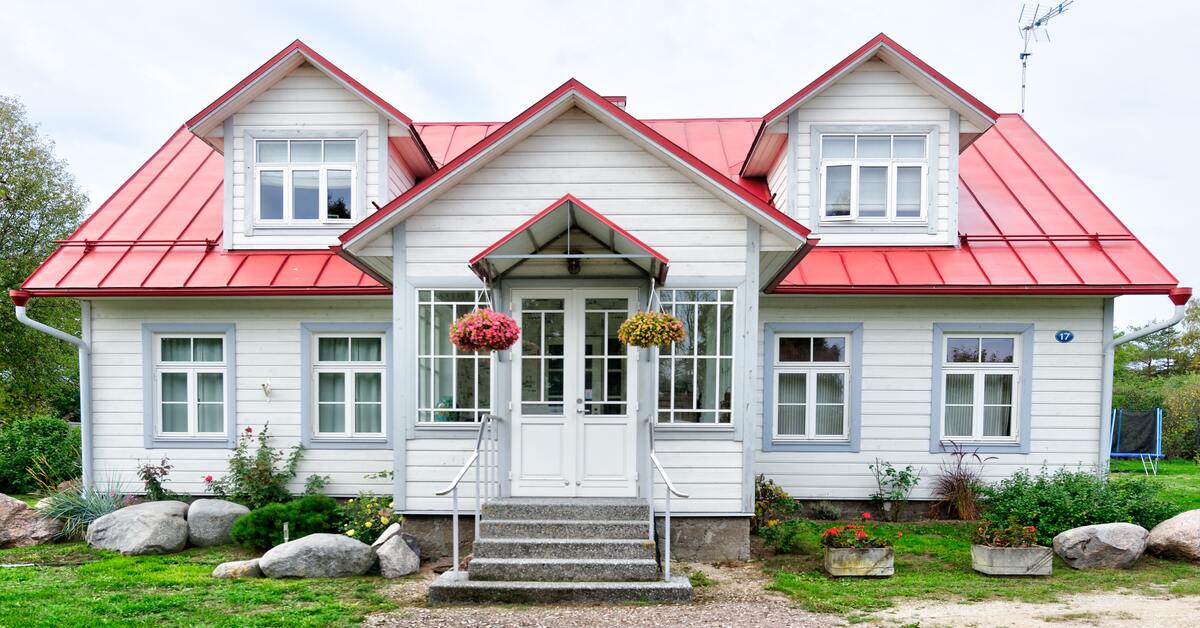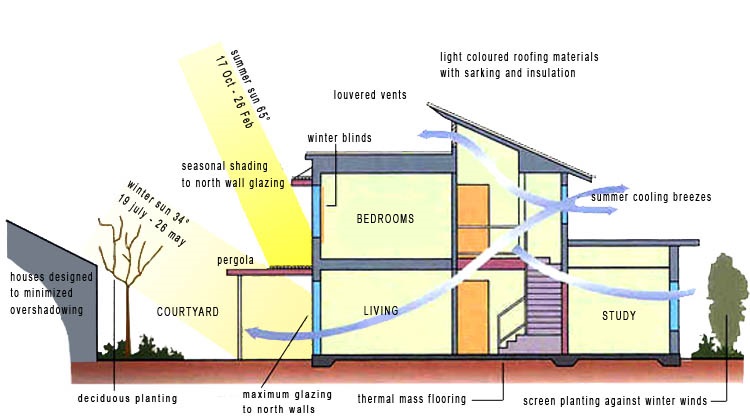Underfloor heating is perhaps the most valued form of power to meet the heating needs of our homes. But are all underfloor heating the same? Where does its energy come from? Does its higher installation cost compensate for subsequent consumption? In this article we will try to answer these and many other questions about underfloor heating. Especially since it is a heating (and cooling) system widely used in Passive homes or Passive houses.
What is underfloor heating?
The radiant floor is a heating system and in the case of being by water, also cooling, very efficient. And that although it entails a higher initial economic cost in the installation, it pays off over time. It is mainly placed on the ground, although there are options for the ceiling or walls, which are less interesting.
The heat or cold is distributed homogeneously, in a slower but lasting way due to its greater inertia. Which produces a better thermal sensation of comfort. It is closely related to Passive houses, or houses with almost zero consumption, especially when it comes to underfloor heating by water from an aerothermal system. And it is that in homes with Passive certification, the set of radiant floor solutions and fan coils powered by aerothermal energy is the most used system.
Due to its installation under the finished floor, it is highly recommended to think about it during the construction of the house. Since although it is possible to install it afterwards, it is even more expensive due to the partial demolition work, adaptation of door heights, stairs if any…
Advantages of underfloor heating
The advantages of underfloor heating compared to other alternatives are many and have been amply demonstrated.
High performance and great energy efficiency
It is a set of very narrow pipes, with little flow, which means that they need little energy to heat or cool. Furthermore, since the temperatures at which the system works are lower than those of the radiators, for example, the system gains in efficiency.
Low energy consumption and economical
The great performance of underfloor heating that works at low temperatures (40ºC) compared to traditional ones (80ºC), is further improved, especially if it is part of aerothermal or geothermal systems. In these cases, and to a lesser extent when combined with a condensing gas boiler and supporting solar thermal energy, lower energy consumption is achieved. And therefore a lower economic consumption in heating bills.
Favors its combination with renewable energy generation systems
Especially when the radiant and cooling floor fed by water is combined with aerothermal or geothermal systems. That can also be helped by solar panels on the roof of the building. That is why as a whole it is the most respectful heating system for the environment. Especially when it comes to buildings or homes with very low demand, in which the need for heating is very low. And for what is necessary, it is also satisfied with very efficient systems.
Radiant and refreshing floor
In the cases of underfloor heating by water, the system allows both heating and cooling. That although the latter presents some limitation mainly due to humidity, it can satisfy most of the time the cooling requirements with high comfort.
Home comfort
The homogeneous way that the radiant floor has to distribute the heat, as well as the fact that the lower part is hotter than the head area, makes it a very comfortable system.
How does underfloor heating work ?
There are two large groups of radiant floors, those that work by water and those that work by electricity.
Electric radiant floors transform electrical energy into heat thanks to their resistances. And they are circuits in which, either a radiant sheet or, as is more common, the radiant wire, is responsible for converting electrical energy into heat.
In the case of underfloor heating by water, they also serve as refreshers at the same time. And it is the polyethylene pipes that are responsible for distributing the hot or cold water under the floor, through the different rooms. It is a much more efficient system than radiators as it needs to heat the water to only 40ºC in the case of underfloor heating compared to 70ºC for radiators.
A layer of mortar is placed on the network of plastic pipes that, in addition to protecting them, generates thermal inertia for the whole. Then the chosen floor covering will be placed on this layer. Normally it is usually ceramic because it seeks greater thermal inertia in the material, but it is increasingly common to see laminate flooring solutions. Motivated mainly by a lower economic cost.
Types of water-based underfloor heating systems
As the electric underfloor heating is a solution that is not capable of cooling, is less efficient and consumes more, it is increasingly in disuse.
That is why we are going to focus on the types of underfloor heating by water, depending on whether they are powered by natural gas, aerothermal energy or geothermal energy.
1. Underfloor heating by water powered by natural gas
This is the case of radiant floors that are combined with a gas-fired condensing boiler and with the support of solar thermal energy on the roof of the building.
2. Underfloor heating by water fed by aerothermal energy
This is the most efficient and most widespread underfloor heating and cooling system in Passive homes. As it is a heat pump, the procedure can be reversed to generate cold in summer and heat in winter. It allows combining the radiant floor system with the addition of fan coils to solve the critical points of the summer. And for this reason it is the most complete and efficient solution.
3. Underfloor heating by water powered by geothermal
In this case it also works for heating and cooling and contrary to the case of aerothermal, the refrigerant is found in pipes buried in the subsoil. That thanks to the difference in temperature is used to air-condition the house.
Price of a radiant floor system
It is perhaps the biggest drawback, at least in part, that the underfloor heating system presents. And it is that the installation of this type of system always requires a greater economic investment compared to other alternatives.
Instead, we say at least in part, because it is also true that it is a more energy-efficient system with lower energy and economic consumption. This means that this higher investment is profitable in a very reasonable period of time.
As for the price, the water-based radiant floor system can be between €60 and €70/m2 with material and installation. To which must then be added the chosen coating, which in these cases usually opts for ceramic floors versus natural wood or laminate flooring.









